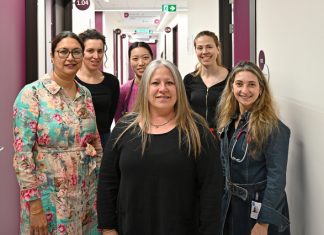Elsie Lange
The latest release of census data continues to paint a picture of the way Macedon Ranges residents live and work.
Primary education remains the region’s top industry of employment for people aged 15 years and over, followed by hospitals, according data released last week.
Nearly three per cent of the region’s population was employed in the primary education sector in 2021, followed by hospitals (2.9 per cent), supermarkets and grocery stores (2.5 per cent), secondary education (2.4 per cent) and local government administration (2.2 per cent).
In the past decade, hospitals have jumped from the fifth to second highest industry of employment in the Macedon Ranges, from 541 employed in 2011 to 733 in 2021. Australia-wide, one in seven people in the workforce were working in the health care and social assistance industry, according to the Australian Bureau of Statistics (ABS).
Australian statistician Dr David Gruen said this census data provided government and community groups with crucial information about essential healthcare and welfare services.
“There are now over 1.7 million people working in Health Care and Social Assistance in Australia, of which 30 per cent are working in hospitals,” Dr Gruen said.
The census counted 260,000 registered nurses, the occupation growing by 19 per cent between 2016 and 2021. According the ABS, it exceeded the 13 per cent growth of the broader workforce.
Also included in the October release of 2021 census data was information on the way people travel to work.
In 2021, the top methods of travel to work for people living in the Macedon Ranges included by car as a driver (51.5 per cent), car as passenger (3.4 per cent), walking (2 per cent), by train (0.9 per cent) and truck (0.9 per cent).
The number of residents taking the train to work has dropped significantly in 10 years, from 762 in 2011 to 231 in 2021.







